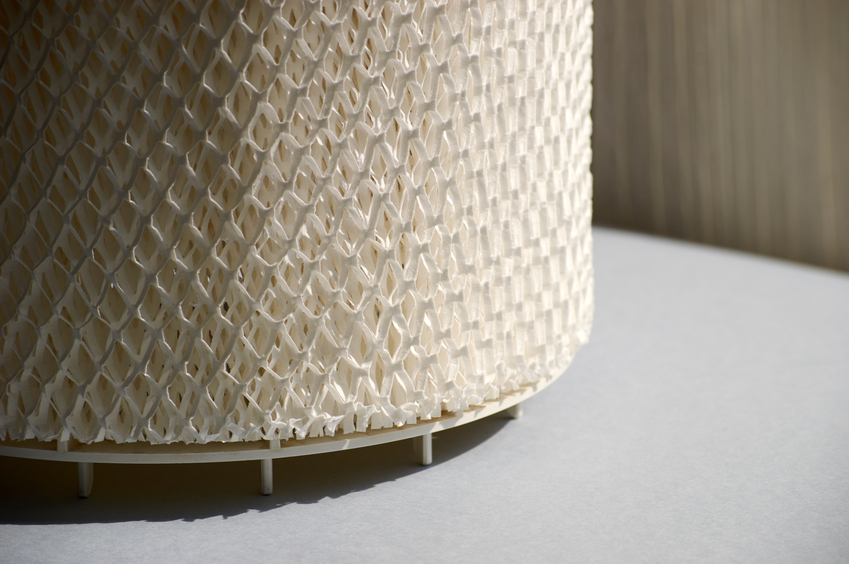Design and Construction of Radon-Resistant Schools and Other Buildings

This online engineering PDH course provides information and guidelines about radon prevention techniques so that they can be cost-effectively incorporated into schools and other large buildings during the design and construction stages.
Radon is a naturally occurring radioactive gas that can accumulate in varying amounts in enclosed buildings. Our increased understanding of the risks posed by radon indoors has underscored the need for construction techniques that prevent exposure to radon in buildings. It is typically easier and much less expensive to design and construct a new building with radon-resistant and/or easy-to-mitigate features than to add these features after the building is completed and occupied.
This 3 PDH online course is intended for engineers and architects who are involved with the design or construction of schools and other large buildings.
This PE continuing education course is intended to provide you with the following specific knowledge and skills:
- General understanding of radon
- Review of current construction methods for radon prevention
- Guidelines for designing and installing active soil depressurization systems
- Guidelines for designing and installing sub-membrane depressurization systems
- Testing methods to determine effectiveness of depressurization systems
- Design recommendations for HVAC systems
- Sealing radon entry routes
In this professional engineering CEU course, you will need to review the material contained in "Radon Prevention in the Design and Construction of Schools and Other Large Buildings, EPA/625/R-92/016, June 1994".
Upon successful completion of the quiz, print your Certificate of Completion instantly. (Note: if you are paying by check or money order, you will be able to print it after we receive your payment.) For your convenience, we will also email it to you. Please note that you can log in to your account at any time to access and print your Certificate of Completion.